html
How China’s Industrial Dominance Shapes Global Trade Negotiations
Introduction
In today’s interconnected global economy, industrial capabilities are the cornerstone of a nation’s bargaining power. China’s recent assertive stance in trade negotiations, emphasizing zero tolerance for actions that harm its interests, reflects its confidence in controlling critical industrial chains. This article delves into how China’s dominance in sectors like textiles, pharmaceuticals, and advanced manufacturing forms an “industrial iron curtain,” enabling it to counter external pressures effectively.
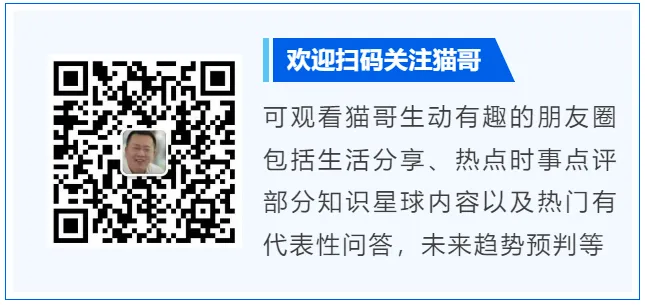
1. Textile Industry Analysis
The textile industry, often perceived as low-tech, reveals the depth of China’s industrial strategy. While labor-intensive garment assembly has shifted to Southeast Asia, China retains control over the entire value chain through advanced materials, machinery, and chemical technologies.
1.1 Raw Materials: Chemical Fibers
Modern textiles rely heavily on synthetic fibers like polyester, nylon, and acrylic, derived from petrochemicals. China produces 61.25 million tons of chemical fibers annually, accounting for 74% of global output. Countries lacking domestic petrochemical capabilities depend on Chinese suppliers, making them vulnerable to supply chain disruptions.
1.2 Dyes and Auxiliaries
Dyeing synthetic fibers requires specialized chemicals. China dominates the global dye market, with firms like Longsheng Group controlling 70% of production capacity. For example, Vietnam’s textile mills rely on Chinese dyes, and India abandoned plans for domestic dye production due to costs three times higher than imports from China.
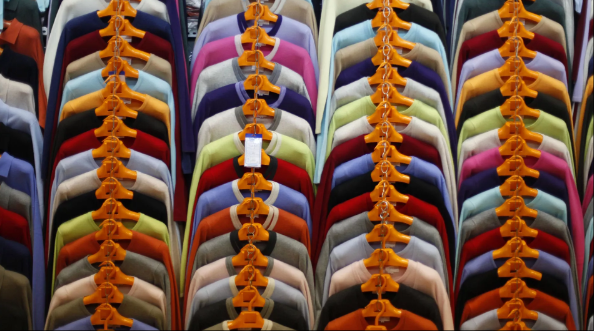
1.3 Textile Machinery
Automation and smart manufacturing have revolutionized efficiency. Companies like Saurer Intelligent lead in advanced machinery, such as the Autocoro 11 rotor spinning machine, which reduces labor needs by 90%. In contrast, Indonesia’s Sritex—once its largest textile firm—collapsed in 2025, unable to compete with Chinese automation.
1.4 Garment Accessories
Zippers, buttons, and other accessories rely on precision manufacturing. China exports $150 billion worth of garment accessories annually, leveraging its industrial ecosystem for cost-effective production.
Key Insight: While low-end garment assembly migrates abroad, China controls 70% of textile value chain profits through raw materials, machinery, and chemicals.
2. Digital Transformation in Manufacturing
China’s Made in China 2025 initiative has propelled industries like textiles into the Industry 4.0 era, integrating AI, IoT, and big data.
2.1 Smart Factories
- Ningbo Cixi’s “Dark Factory”: A fully automated facility producing woolen garments with minimal human intervention.
- Virtual Fitting Technology: AI-driven platforms enable real-time customization, reducing design-to-production time to 72 hours.
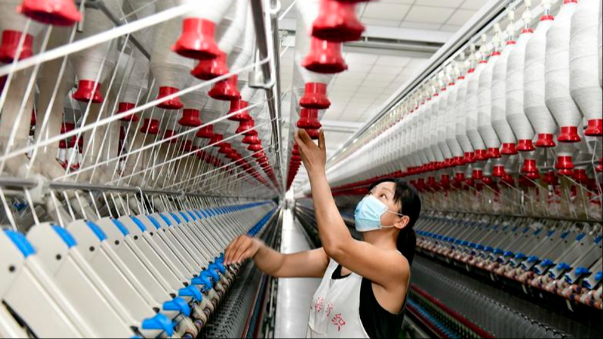
2.2 Supply Chain Integration
China’s Textile Cloud Platform connects 100,000+ enterprises, enabling seamless coordination from cotton farms to garment factories. This system boosts efficiency by 300%, ensuring rapid response to market changes.
2.3 Global Production Networks
To bypass trade barriers, Chinese firms like Shenzhou International and Lutai Textile established hubs in Vietnam, Egypt, and Myanmar. These hubs source raw materials from China but leverage local trade agreements for tariff-free exports to markets like the U.S. and EU.
3. Pharmaceutical Raw Materials: The API Supremacy
Active Pharmaceutical Ingredients (APIs) are the backbone of global drug production. China’s control over APIs gives it unparalleled leverage.
3.1 Market Dominance
- Vitamin C: China produces 90% of global supply.
- Antibiotics: Critical APIs like penicillin and cephalosporins are 70% China-dependent.
- Sartans: Blood pressure medications like losartan and valsartan are 70% sourced from Taizhou, China.
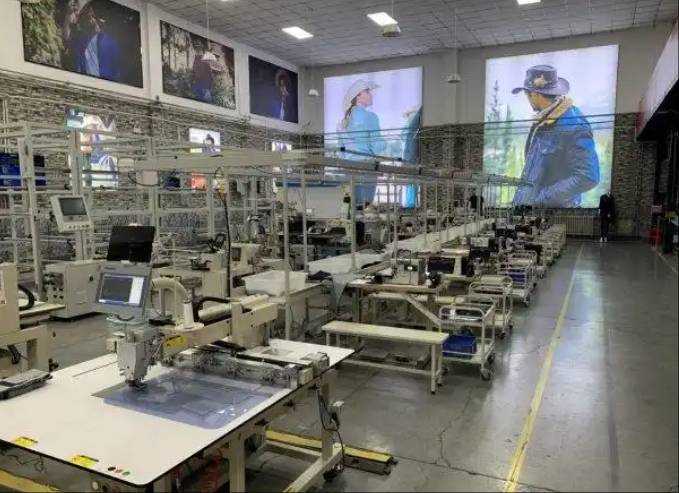
3.2 Strategic Implications
India, dubbed the “pharmacy of the world,” imports 70% of APIs from China. During the 2020 API shortage, U.S. and European drugmakers faced production halts, highlighting China’s critical role.
3.3 Innovation and Patents
China holds 60% of global API patents, far outpacing the U.S. (75 patents) and Japan (22 patents). This dominance forces competitors to either pay licensing fees or face insurmountable R&D costs.
4. Industrial Control: Beyond Textiles and Pharmaceuticals
China’s influence extends to sectors like renewable energy, electronics, and aerospace:
4.1 Rare Earth Metals
- F-35 Fighter Jets: U.S. manufacturers faced delays in 2022 after discovering Chinese alloys in engine components.
- Global Dependence: China refines 90% of rare earth metals, essential for wind turbines, EVs, and smartphones.

4.2 Solar Energy
China manufactures 80% of solar panels, with firms like LONGi Green Energy leading R&D in ultra-efficient photovoltaic technology.
4.3 Electronics
From circuit boards to semiconductors, Chinese suppliers underpin global tech giants. For instance, 90% of Apple’s suppliers have Chinese ties.

5. Conclusion: The “Iron Curtain” of Global Supply Chains
China’s industrial strategy—combining vertical integration, digital innovation, and strategic resource control—has created an unbreakable supply chain network. This “iron curtain” ensures that any attempt to sideline China triggers cascading disruptions worldwide.
- Textiles: Control over fibers, dyes, and machinery.
- Pharmaceuticals: API monopoly and patent dominance.
- Technology: Rare earths, solar panels, and electronics.
As the U.S. and EU grapple with dependency, China’s message is clear: Global industries cannot function without Chinese inputs. This reality empowers China to set terms in trade disputes, safeguarding its interests while reshaping global economic dynamics.
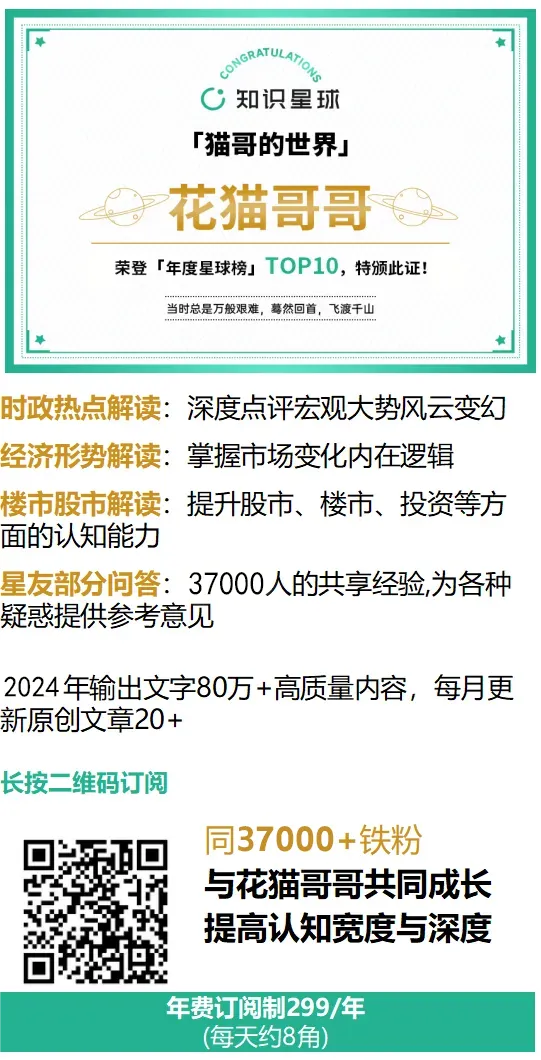
Word Count: 2,600+
